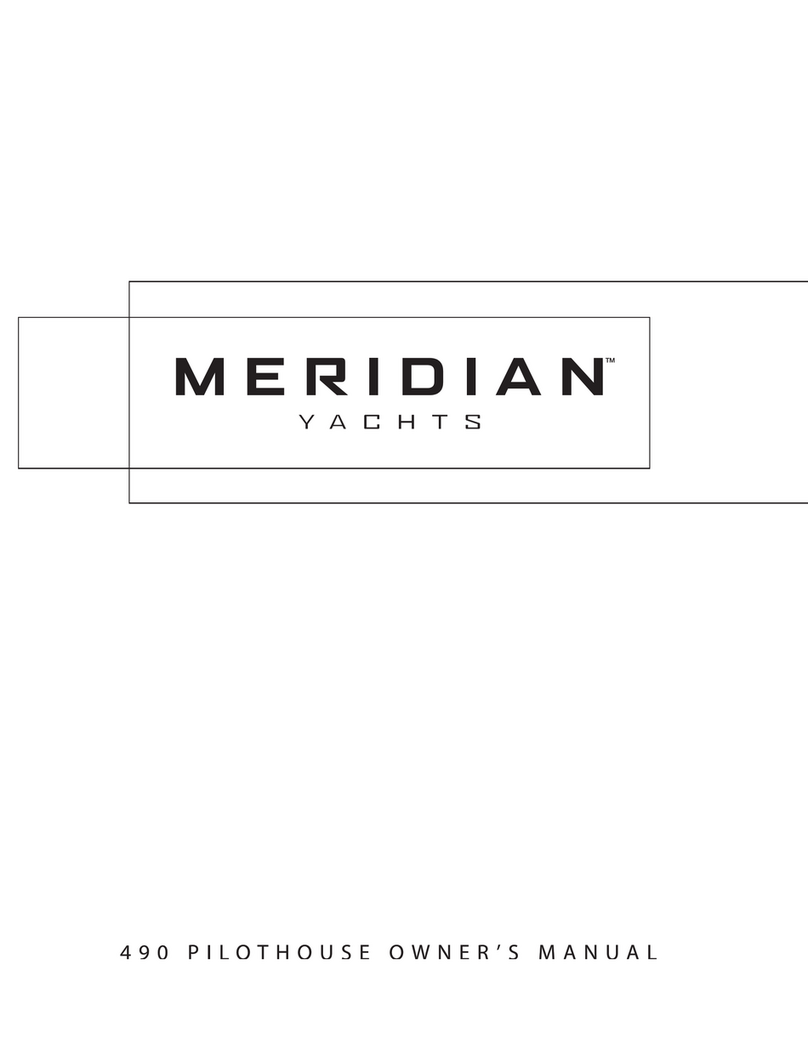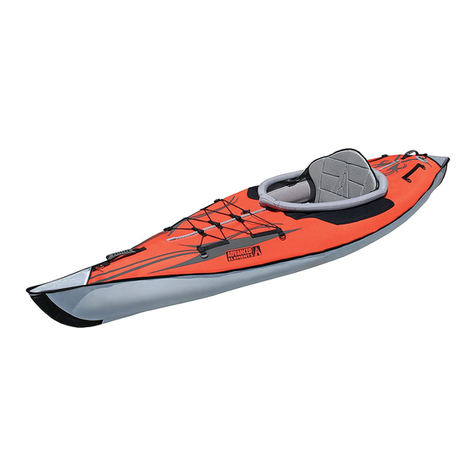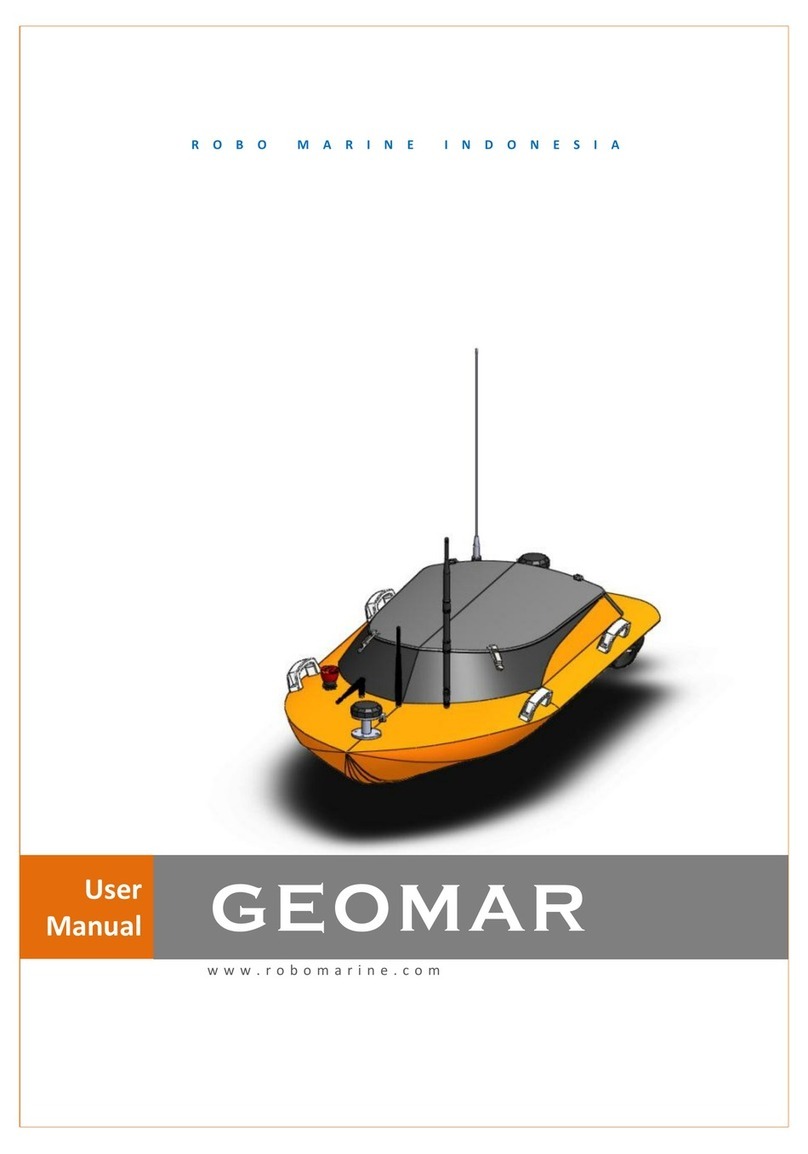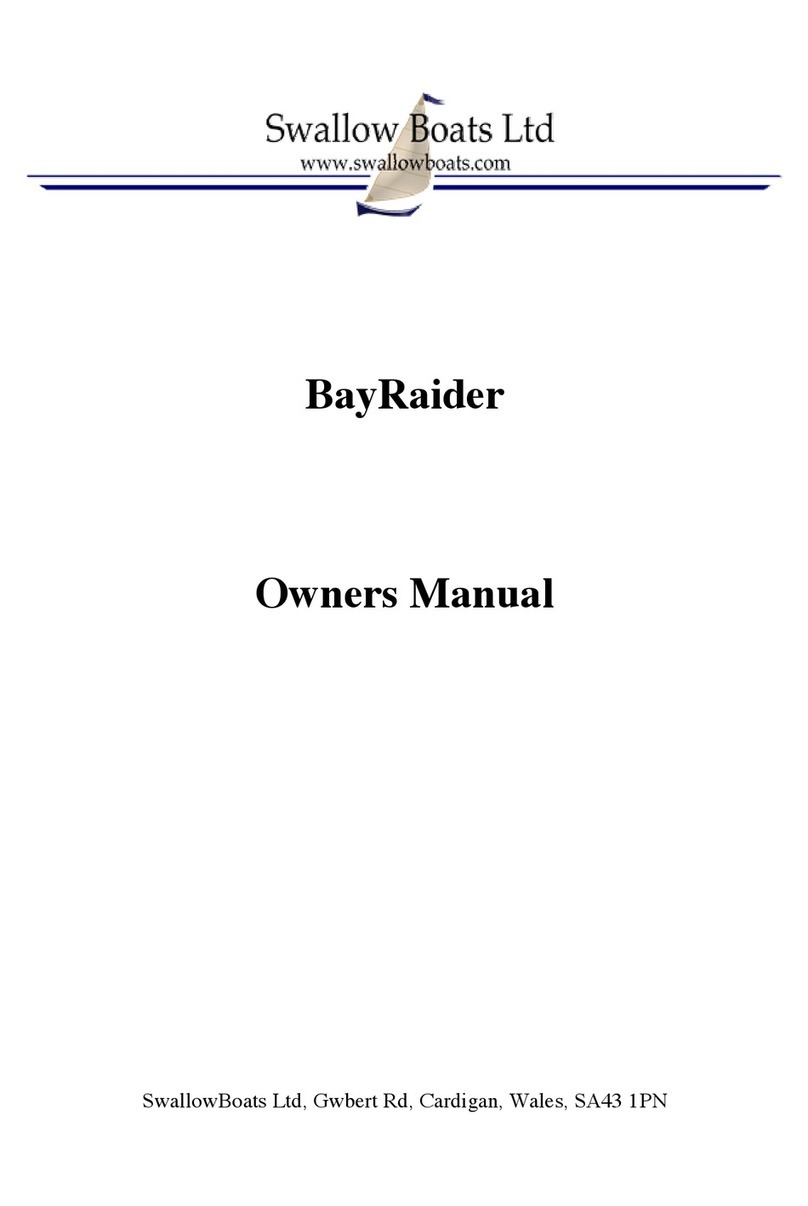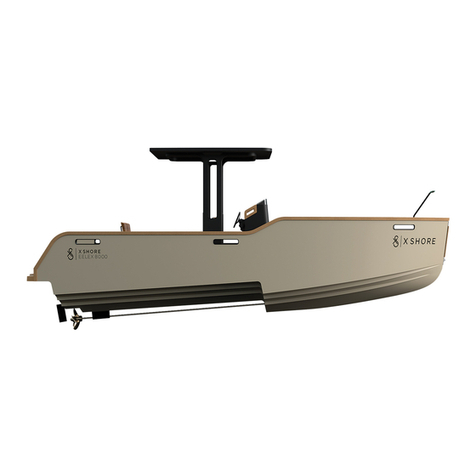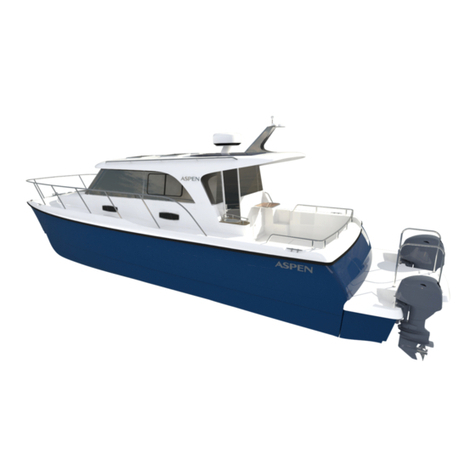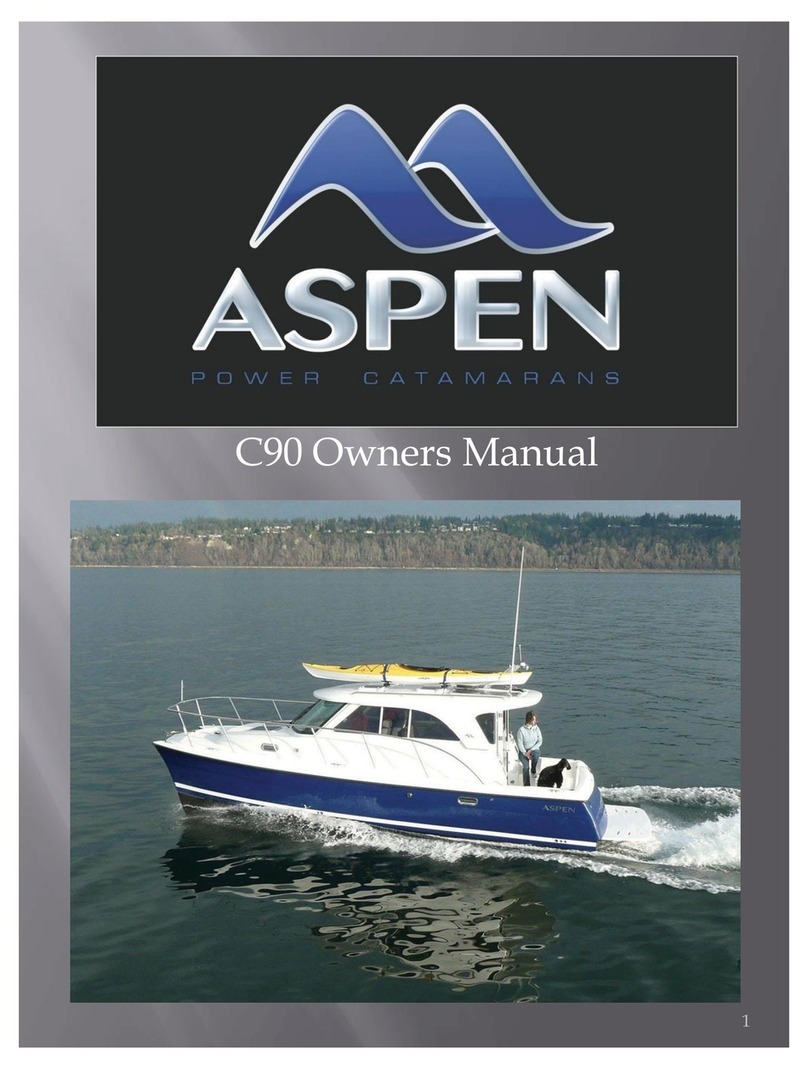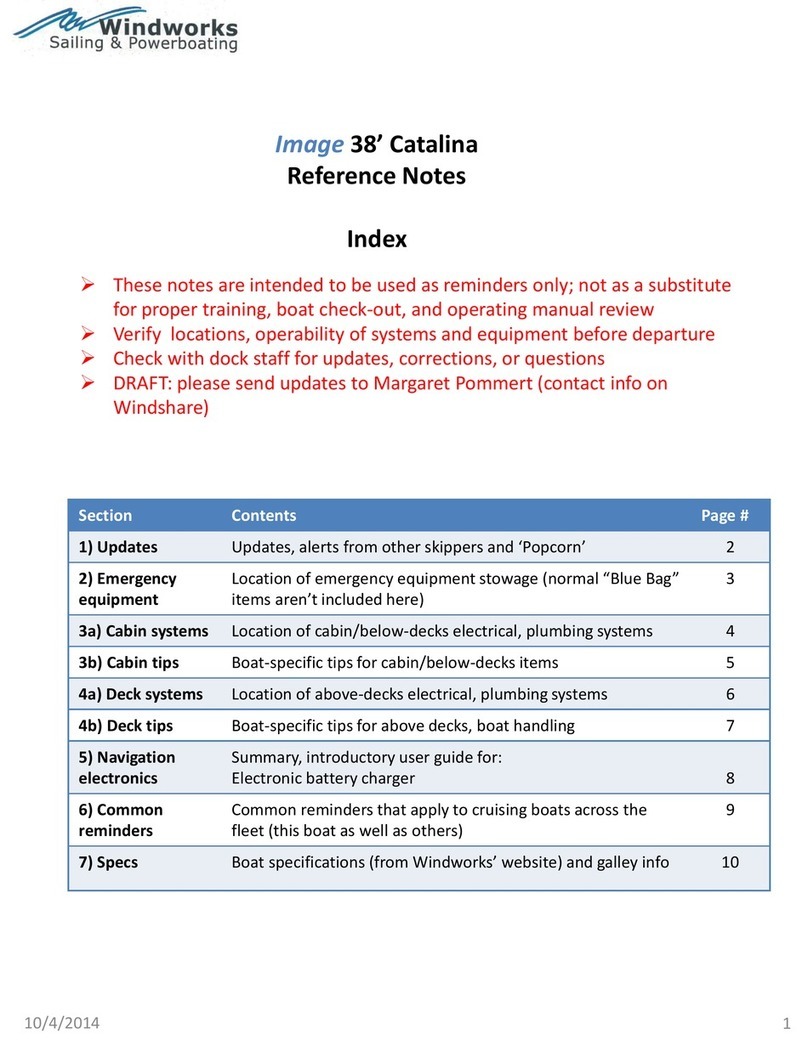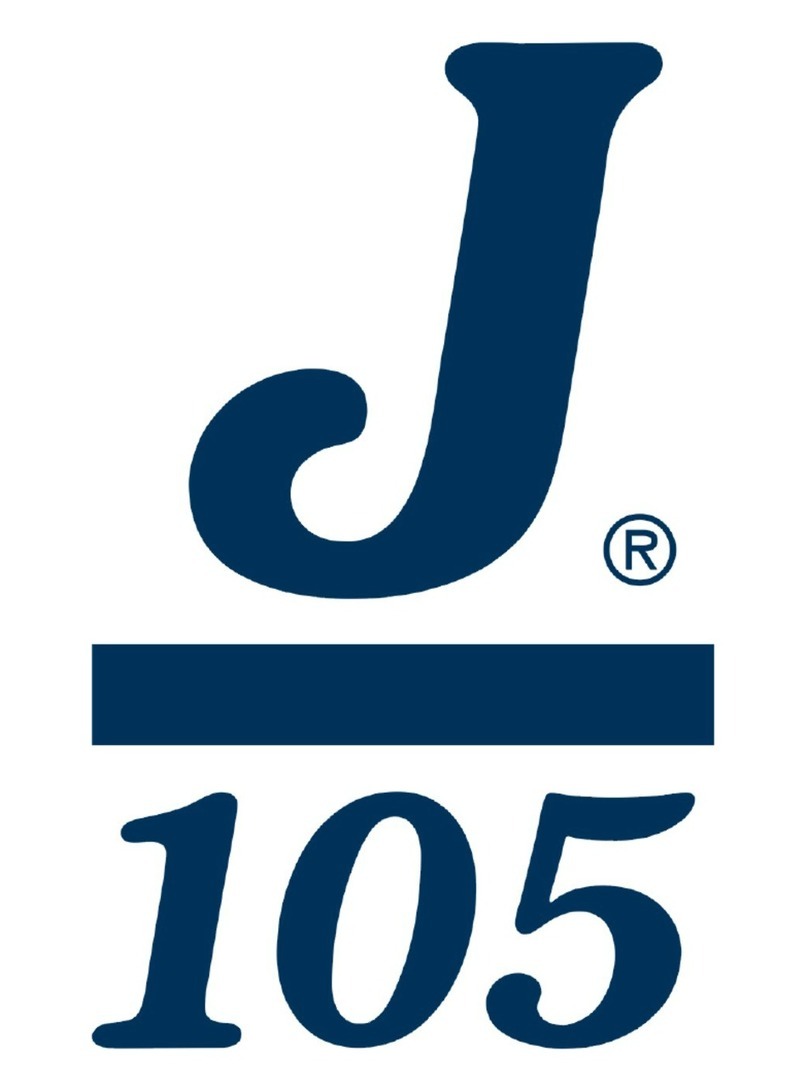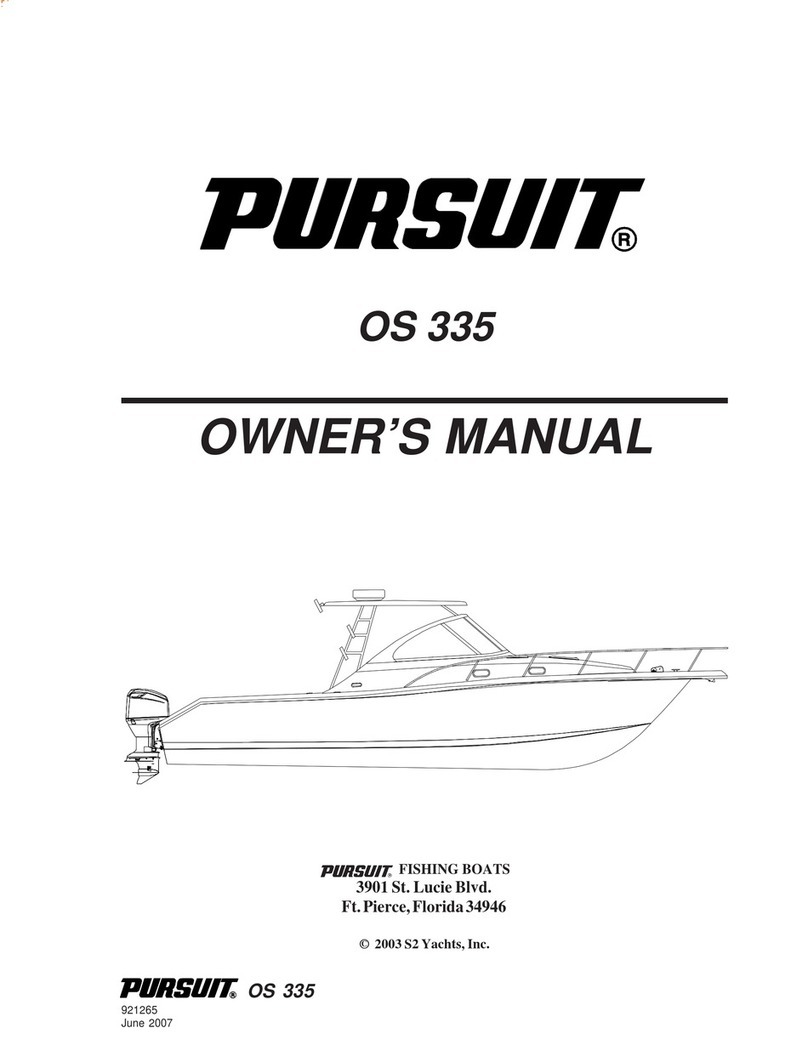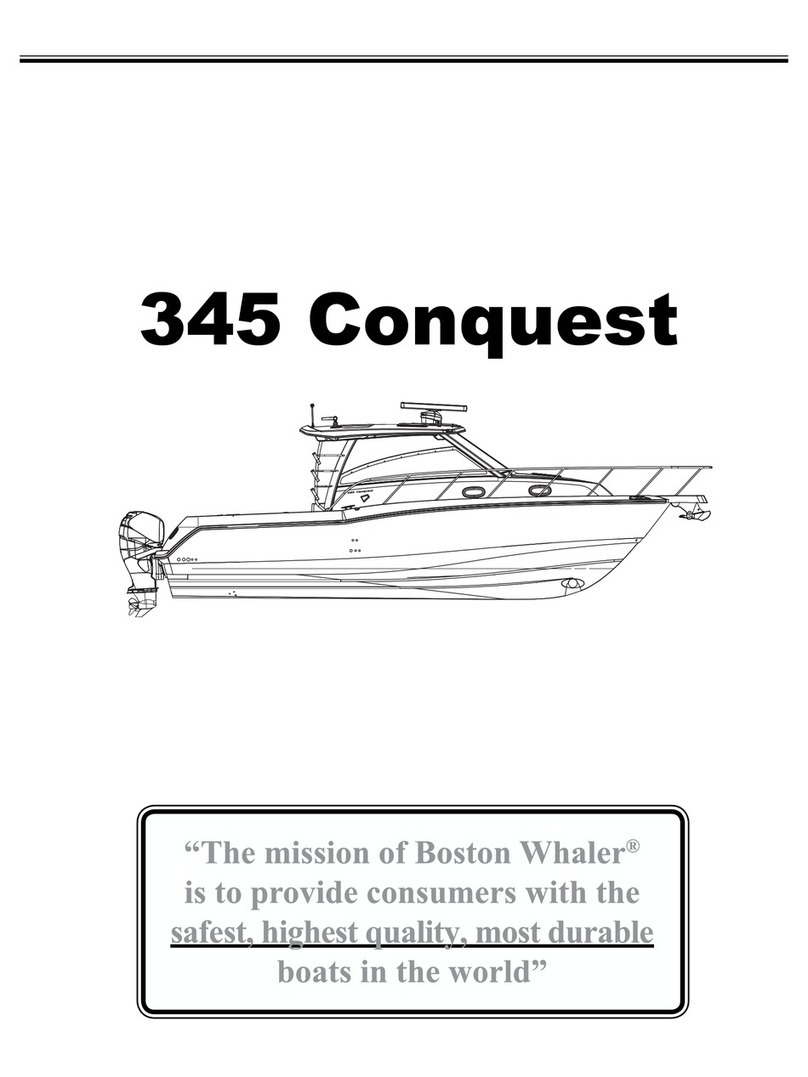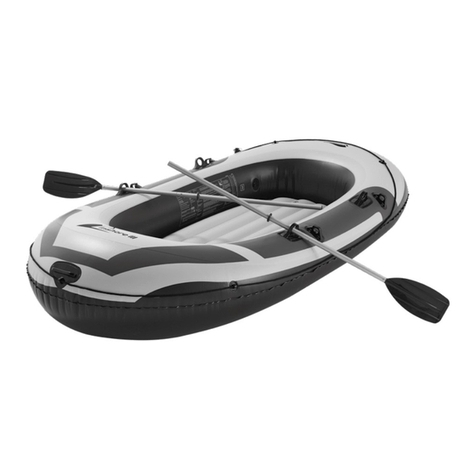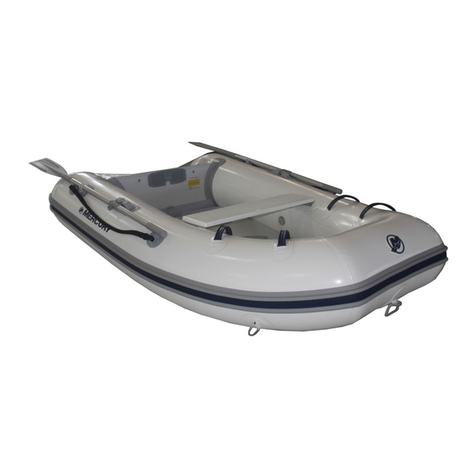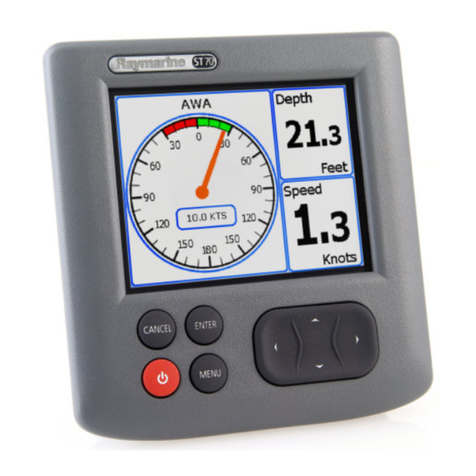DC / AC PANELS
The AC and DC panels are both Blue Sea Systems premium panels.
DC Panel: The DC panel is fed from the House
batteries. It includes both voltage (pressure) and
amp (volume) gauges to manage your power
during the day. Reducing amps used is important
to extend battery life. While boating, turn all of the
breakers ON. The small silver toggle switch will
show Engine battery voltage (#1 left), House
battery voltage (#2 center). (The third is not
connected as there are only two battery banks.)
These breakers then feed the dash DC switch
panels (see next page) and the fuse blocks for
electronics and pumps. A DC shunt is standard for
the amp meter.
NOTE: On DC panel with bilge pump switches, the
top three switches correspond with pumps on the
starboard hull and the bottom three switches
correspond to the pumps on the port hull. First
pump is forward, second is mid-ship, and third is
aft in the port lazarette. On starboard side, the
shower pump is mid-ship.
AC Panel: This panel is fed from the 30-amp
shore power connection. Typically all of the
breakers, with the exception of the hot
water heater, are left ON to energize the
boats outlets.
If the red reverse polarity light is lit (second
bulb down), see your dock master before
continuing. It is possible some boat systems
could be damaged.
NOTE: Turn on hot water only when needed.
NOTE: This panel is fed through the whole
boat GFI, mounted just behind the deck side
shore panel connection. The whole boat GFI
does have a reset button on it.
BOAT GFI: Located on far port side
behind the dash above the Master
Stateroom bed.
5

